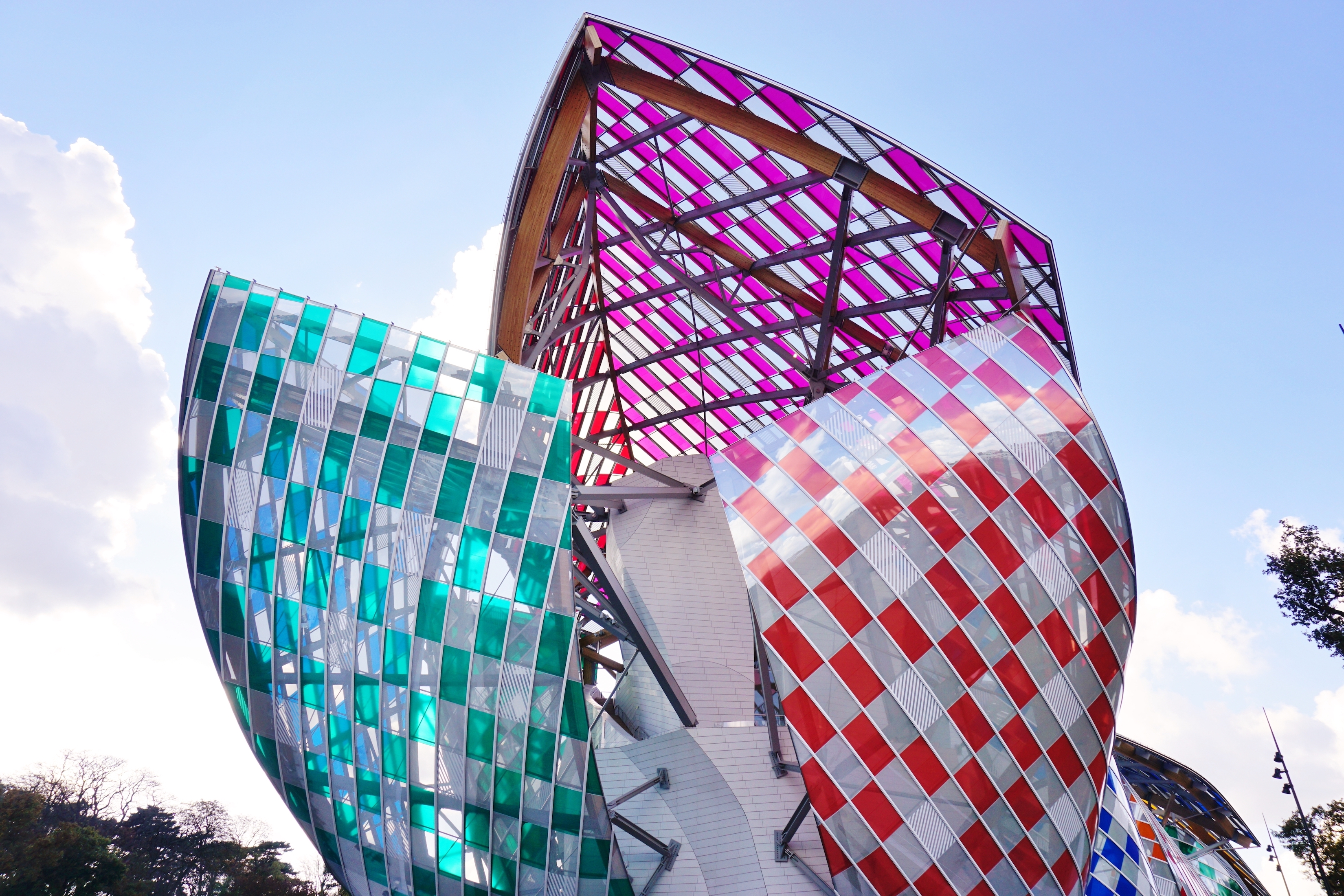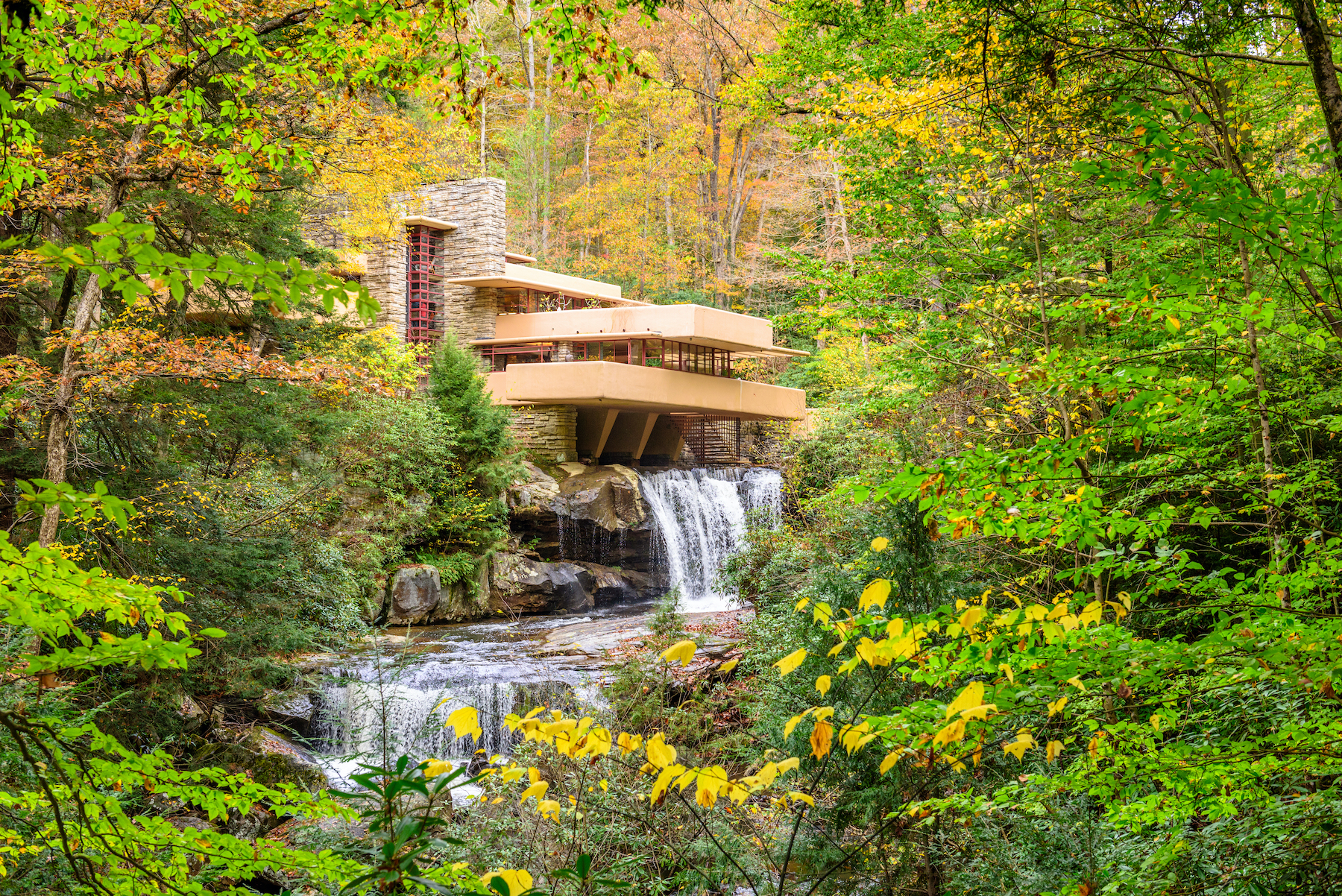Major architects have indulged in very large buildings which have drawn the attention of the public because of their strangeness. For instance, think of buildings by Frank Gehry, such as the Fondation Louis Vuitton in Paris, or buildings by Zaha Hadid. Most of those are spectacular, with a recent example being the Phaeno Science Center in Wolfsburg, Germany. Generally, all architects have been playing this particular game.ç
Architecture and nature
Architecture Critic, Historian and Course Master
- It is estimated that buildings are responsible for 40% of all CO2 emissions. Architects so far have responded by modifying regulations, notably in terms of insulation and how air circulates in buildings, as well as the materials that are used.
- Architects need to become more knowledgeable about nature and more interested in the place which nature could occupy in cities. This might include gardens and parks, and even larger elements like forests.
- For the last 40 years, architects have generally seen their context as the man-made city, with little thought given to the place of nature in cities. There is now a subtle shift in architecture towards environmental responsibility and embracing nature.
- Frank Lloyd Wright is an example of an architect for whom nature was a key reference.
Shifting away from iconic architecture

Photo by EQroy.
What is interesting at present is that we are going through a shift. Iconic architecture is now far less popular in the news than it has been before, and there is a strong sense in the profession, and beyond, that it is perhaps an approach that is not as relevant as it used to be.
The shift that some of us would like to see in architecture is towards a more environmentally responsible approach that embraces not only the issue of climate change, but issues related to climate change and the theme of nature. Also, it seems to be important to consider what makes architecture popular, not only from the point of view of spectacle but also from the point of view of success with the public.
How buildings affect the environment
It is estimated that buildings are responsible for 40% of all CO2 emissions. This is a very serious problem. Architects so far have responded by modifying regulations, notably in terms of insulation and how air circulates in buildings, as well as the materials that are used.
However, this is very much the beginning. The buildings that can be shown to address these concerns are not yet considered to be excellent buildings. They are seen as a step towards something that is simply necessary, while further solutions will hopefully follow with a fully developed architecture.
Almost everything remains to be done to connect architecture and nature. The reason for this is relatively straightforward. For the last 40 years, architects have seen their context to be the city or, in Europe, the so-called European city. It is a city that is almost exclusively man-made, and almost exclusively mineral. There has been remarkably little thinking during this period about the place of nature in cities.
Finding nature’s place in cities
Architects need to become more knowledgeable about nature and more interested in the place which nature could occupy in cities. This might include gardens and parks, and even larger elements like forests. It requires that architects become interested in nature itself and in species, for instance.
How buildings affect the environment
Architects need to become more knowledgeable about nature and more interested in the place which nature could occupy in cities. This might include gardens and parks, and even larger elements like forests. It requires that architects become interested in nature itself and in species, for instance.

Photo by haireena.
There are signs that this is happening. The signs are very tentative at this stage, but if one looks beyond architecture there are quite a few examples in the media, such as guerrilla gardening or movements like Reclaim the Streets. Architects are becoming sensitive to these developments from the general public. However, in general, architects are still following what is happening rather than taking the initiative about what they, as professionals, could do.
Architecture and nature in the past
Architects have been interested in nature in the past, particularly in the 19th century. This is not entirely coincidental, because the Industrial Revolution brought to light very serious dysfunctions in cities in terms of pollution and overcrowding. Nature suddenly became a value which people thought had disappeared from the city.
The great figures in this respect included John Ruskin, the great English art and architecture critic, and William Morris, a great urban reformer who endorsed many of Ruskin’s ideas. And if I were to choose one architect for whom nature was the key reference, where every project by him referred to nature, it would be Frank Lloyd Wright.
The influence of nature on Frank Lloyd Wright
On his return from a year in Florence, Frank Lloyd Wright was in a quandary and decided to restart his office and, in some ways, restart his life. He settled in Taliesin, a site in Wisconsin in the United States, and there he built himself a house. He also constructed a garden around the house. He kept some animals, and his office was inside this house, which was partly house, partly farm. His architecture really changed drastically in that year, in 1911.
Before this, Frank Lloyd Wright was still very much influenced by the training which he had inherited through Louis Sullivan, who was his Lieber Meister, his first employer. This legacy disappeared from his work, and his architecture started to acquire what we would be tempted to look upon today as vernacular characteristics.
There was a great emphasis on the relationship with the site. There was an equally great emphasis on the materials that were used and how these materials corresponded to the region. And there was great emphasis, too, on the surroundings of the house, both in terms of amenities and also in terms of a productive landscape.

Photo by Sean Pavone.
Frank Lloyd Wright kept animals and also had allotments. In other words, it was a fully functioning entity which Frank Lloyd Wright started to call the natural house. This was not quite a new term; it was a term that had been used by the arts and crafts in England before. But nevertheless, Frank Lloyd Wright used it in a very new way. And this coloured his architecture from this point onwards.
Reason for hope
In my view, the development of cities in the 20th century has not been a great success. Very few cities which I would regard as beautiful have been developed during this century. The new interest in nature which is growing today is a means to increase the care which people take in the way they build cities. In that respect, I am very hopeful.
Discover Title
about architecture and nature
Scalbert, I. (2018). A Real Living Contact with the Things Themselves: Essays on Architecture. Park Books.
Scalbert, I. (2018). Architecture as Nature. Ra. Revista de Arquitectura, 20, 12–21.
Scalbert, I. (2010). Faux Amis. Constructing Criticism, OASE, 81, 59–64.